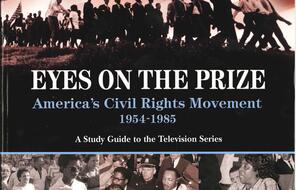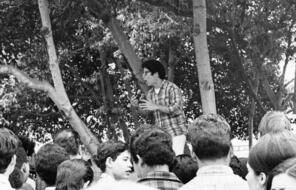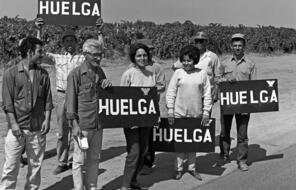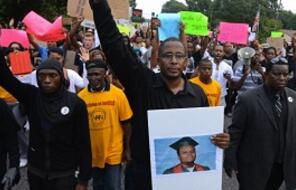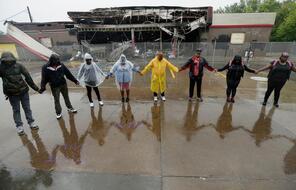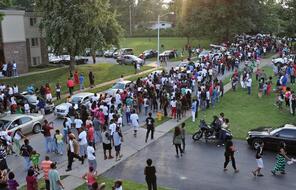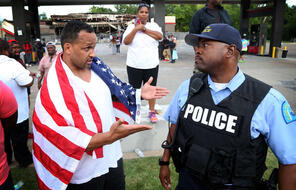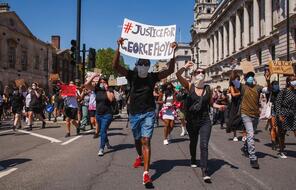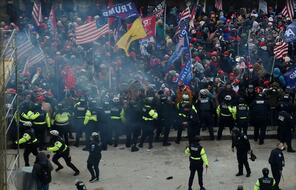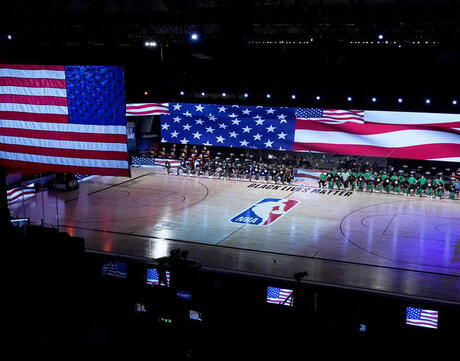
Understanding #TakeaKnee and Athlete Activism
At a Glance
Language
English — USSubject
- History
- Social Studies
Grade
6–12- Racism
- Democracy & Civic Engagement
Overview
About This Mini-Lesson
Use some or all of the activities in this mini-lesson to help students explore the power athletes have to influence us, the symbolism of kneeling as a form of protest, the origin and legacy of the Take A Knee protest in the NFL, the significance of the more recent athlete boycotts, and the long history of athletes protesting racial injustice in the United States.
Activities
Activities
Materials and Downloads
Quick Downloads
Resources from Other Organizations
Additional Resources
Unlimited Access to Learning. More Added Every Month.
Facing History & Ourselves is designed for educators who want to help students explore identity, think critically, grow emotionally, act ethically, and participate in civic life. It’s hard work, so we’ve developed some go-to professional learning opportunities to help you along the way.
Exploring ELA Text Selection with Julia Torres
On-Demand

Working for Justice, Equity and Civic Agency in Our Schools: A Conversation with Clint Smith
On-Demand
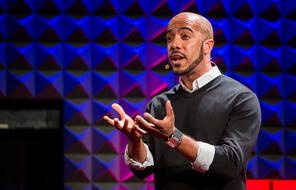
Centering Student Voices to Build Community and Agency
On-Demand



